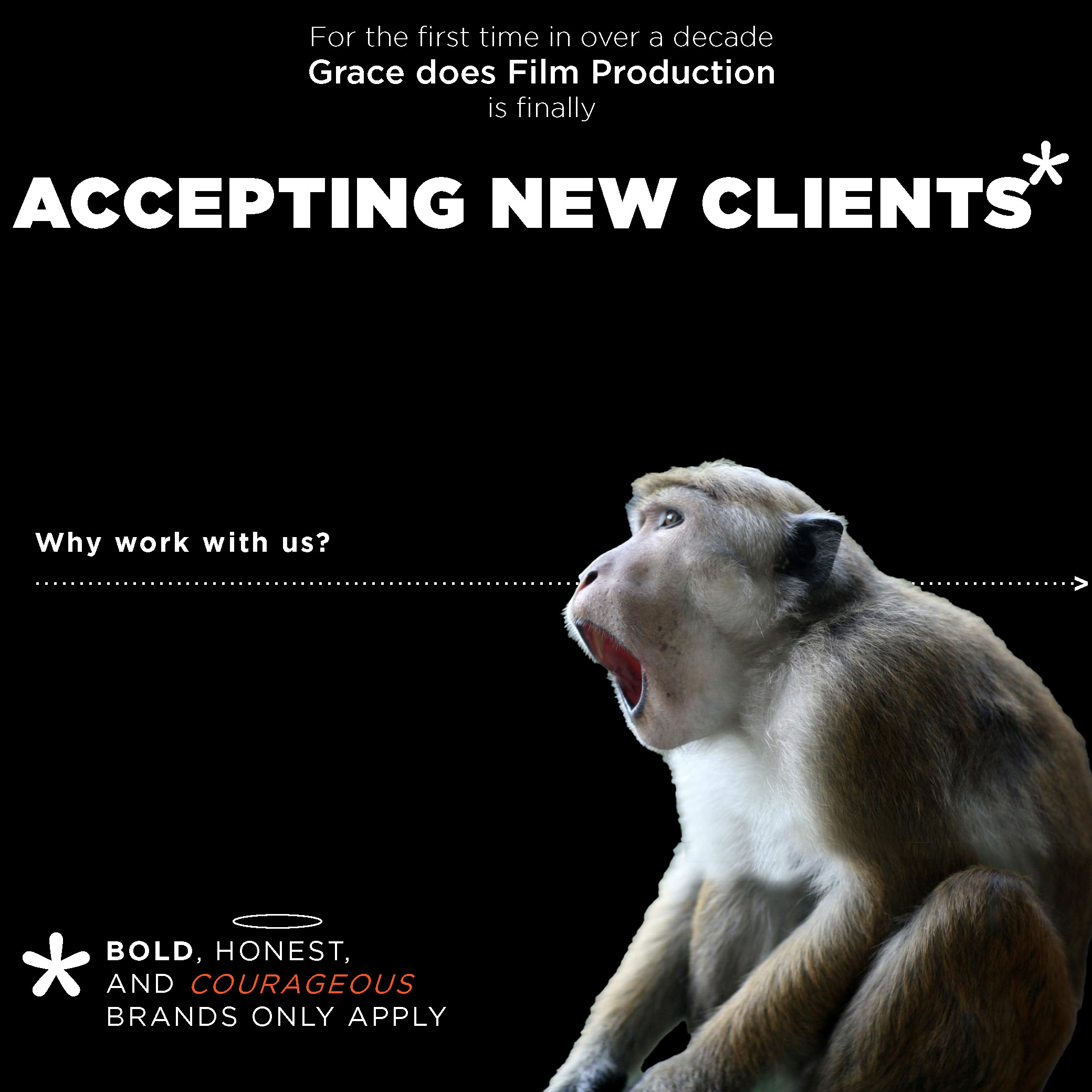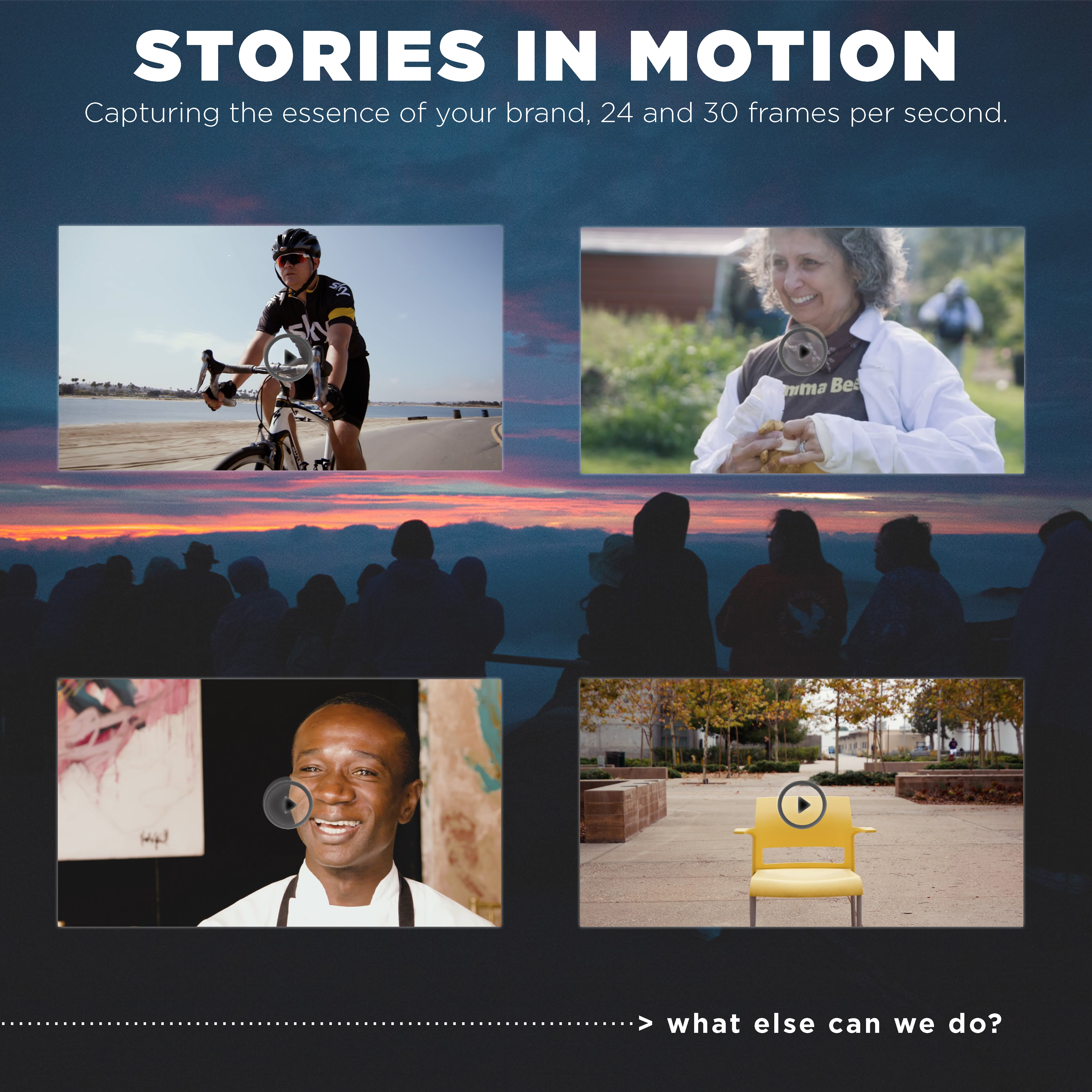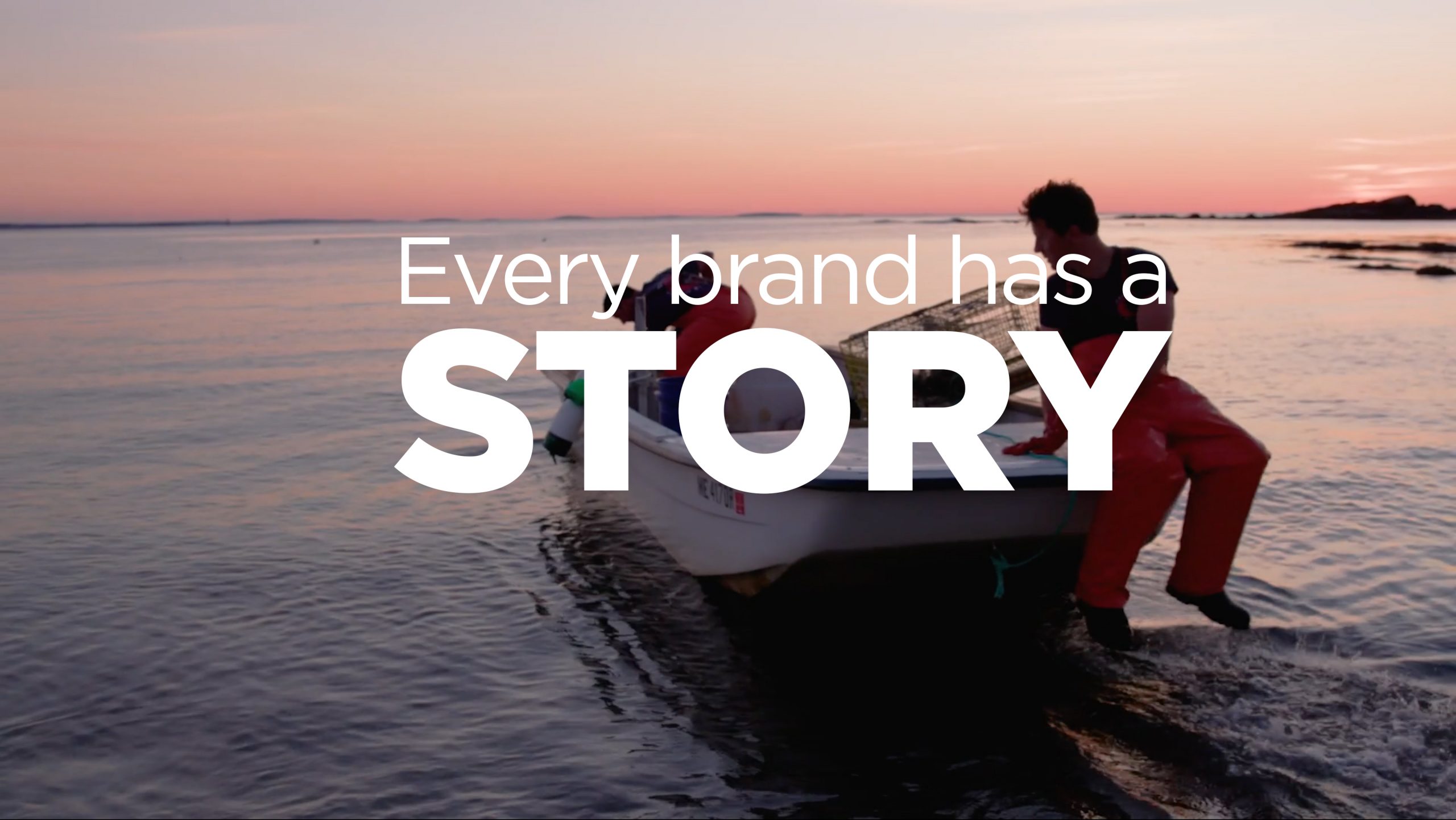Introduction:
At Grace Does Production, we believe in the transformative power of storytelling to inspire, educate, and unite communities. Through our commitment to cinematic excellence and community engagement, we have witnessed firsthand the profound impact that storytelling can have on individuals and society as a whole.
Join us as we explore how storytelling has become a powerful tool for positive change in our communities.
1. The Art of Storytelling:
Storytelling is not merely a craft at Grace Does Production; it’s a passion that permeates every aspect of our work. We believe in the profound impact that stories can have on individuals and communities, transcending boundaries of culture, language, and background.
Our commitment to the art of storytelling manifests in various forms, each carefully crafted to engage, inspire, and provoke thought.
Narrative Films:
In our narrative films, we embark on journeys through the human experience, exploring themes of love, loss, triumph, and redemption. Every character, every plot twist, and every dialogue exchange is meticulously crafted to evoke emotion, spark reflection, and resonate with audiences long after the credits roll.
Whether it’s a heart-wrenching drama, a heartwarming romance, or a pulse-pounding thriller, our narrative films are a testament to the power of storytelling to entertain, enlighten, and move audiences.
Documentaries:
Beyond scripted narratives, we recognize the power of real-life stories to inform, educate, and inspire. Our documentary films shine a spotlight on pressing social issues, unsung heroes, and untold stories that deserve to be heard.
From intimate character studies to sweeping exposés, our documentaries offer a window into worlds that may be unfamiliar to some but are deeply impactful nonetheless.
Through in-depth research, immersive storytelling, and compelling visuals, we strive to shed light on important topics and ignite conversations that lead to positive change.
Short Films:
Sometimes, brevity is the key to impact. In our short films, we distill powerful messages, emotions, and ideas into compact narratives that pack a punch. Whether it’s a poignant moment captured in time, a thought-provoking allegory, or a glimpse into the human condition, our short films are a testament to the artistry and versatility of storytelling.
With concise storytelling, evocative imagery, and innovative storytelling techniques, we aim to leave a lasting impression on viewers, sparking curiosity, empathy, and introspection in equal measure.
| Aspect |
Description |
| Narrative Films |
Creating compelling stories that entertain and inspire |
| Documentaries |
Shedding light on important social issues and causes |
| Short Films |
Exploring diverse perspectives and experiences |
2. Empowering Voices Through Film:
Through our commitment to inclusivity and representation, we strive to empower individuals from all walks of life to share their stories and experiences on the silver screen. Our efforts to empower voices through film encompass various initiatives aimed at fostering diversity, promoting inclusion, and celebrating the richness of the human experience.
Inclusive Casting:
One of the ways we empower voices through film is by championing inclusive casting practices. We believe that the stories we tell should reflect the diversity of the world we live in. That’s why we prioritize casting decisions that embrace diversity in all its forms – from race and ethnicity to gender identity, sexual orientation, age, ability, and beyond.
By casting actors from diverse backgrounds and lived experiences, we not only ensure authentic representation on screen but also provide opportunities for underrepresented talent to showcase their skills and talents.
Diverse Storytelling:
In addition to inclusive casting, we are committed to exploring a wide range of narratives and perspectives in our storytelling. From stories rooted in cultural heritage and identity to narratives that challenge societal norms and conventions, we celebrate the complexity and richness of human experience.
Whether it’s shedding light on untold histories, amplifying marginalized voices, or challenging stereotypes, we believe in the power of storytelling to foster empathy, understanding, and connection across diverse communities.
Emerging Filmmaker Grants:
As part of our commitment to nurturing diverse talent behind the camera, we offer grants and support to emerging filmmakers from underrepresented backgrounds. Through our grant programs, we provide financial assistance, mentorship, and resources to aspiring filmmakers who may face barriers to entry in the industry.
By investing in the next generation of storytellers, we aim to create a more inclusive and equitable film industry where voices from all backgrounds are heard and celebrated.
| Initiative |
Description |
| Inclusive Casting |
Ensuring representation and diversity in our cast |
| Diverse Storytelling |
Exploring themes and narratives from various cultures |
| Emerging Filmmaker Grants |
Providing support and resources to up-and-coming talent |
3. Educational Outreach Programs:
At Grace Does Production, we are deeply committed to nurturing the next generation of storytellers and filmmakers through our educational outreach programs. These initiatives are designed to provide aspiring creatives with the tools, knowledge, and resources they need to succeed in the competitive world of filmmaking.
Through workshops, seminars, mentorship programs, and other educational opportunities, we aim to inspire, educate, and empower individuals to pursue their passion for storytelling and filmmaking.
Filmmaking Workshops:
Our filmmaking workshops are immersive experiences that provide participants with hands-on training in all aspects of the filmmaking process. Led by industry professionals and seasoned filmmakers, these workshops cover a wide range of topics, including screenwriting, directing, cinematography, editing, sound design, and more.
Participants have the opportunity to learn practical skills, hone their craft, and collaborate with fellow aspiring filmmakers in a supportive and creative environment.
Screenwriting Seminars:
For those interested in the art of storytelling, our screenwriting seminars offer invaluable insights into the craft of writing for film. Led by experienced screenwriters and script consultants, these seminars cover topics such as story structure, character development, dialogue, and plot pacing.
Participants learn essential techniques and strategies for crafting compelling narratives that resonate with audiences and bring stories to life on the screen.
Mentorship Opportunities:
Mentorship is a cornerstone of our educational outreach efforts, providing aspiring filmmakers with personalized guidance, feedback, and support from industry professionals.
Through our mentorship programs, participants have the opportunity to work one-on-one with experienced filmmakers who provide mentorship, advice, and encouragement as they navigate their filmmaking journey.
Mentorship relationships often extend beyond the duration of the program, fostering long-lasting connections and ongoing support for emerging talent.
Collaborative Projects:
In addition to workshops and seminars, we offer opportunities for participants to collaborate on real-world filmmaking projects. These collaborative projects provide hands-on experience and practical skills development as participants work together to plan, shoot, and edit short films, documentaries, or other creative projects.
Collaborative projects foster teamwork, creativity, and problem-solving skills while providing participants with a tangible portfolio of work to showcase their talents to potential employers or collaborators.
| Program |
Description |
| Filmmaking Workshops |
Hands-on training in all aspects of film production |
| Screenwriting Seminars |
Masterclasses led by industry professionals |
| Mentorship Opportunities |
Pairing aspiring filmmakers with seasoned mentors |
4. Promoting Social Awareness:
Through our films and outreach initiatives, we aim to shine a spotlight on important social issues and promote greater awareness and understanding. From documentaries that explore pressing global challenges to narrative films that tackle themes of social justice and equality, we believe in using our platform to spark conversations and drive positive change.
Film Campaigns:
One of the primary ways we promote social awareness is through the themes and messages embedded in our films. Whether through narrative features, documentaries, or short films, we tackle a wide range of social issues, including environmental conservation, diversity and inclusion, human rights, mental health, and more.
By weaving these themes into our storytelling, we aim to spark conversations, raise awareness, and inspire viewers to take action on issues that matter.
Environmental Conservation:
Through our films and outreach initiatives, we raise awareness about pressing environmental issues and advocate for conservation and sustainability. From documentaries that highlight the impact of climate change to narrative films that explore the beauty and fragility of the natural world, we aim to inspire audiences to take steps to protect our planet and preserve its biodiversity for future generations.
Diversity and Inclusion:
We are committed to promoting diversity and inclusion both in front of and behind the camera. Through our films, we celebrate the richness of human diversity and challenge stereotypes and biases.
We also actively support initiatives that promote diversity and inclusion in the film industry, such as inclusive casting practices, mentorship programs for underrepresented filmmakers, and partnerships with organizations that advocate for greater representation in media.
Human Rights Advocacy:
Our films often explore themes related to human rights, social justice, and equality. From stories of individuals fighting for their rights to narratives that shed light on systemic injustices, we aim to amplify marginalized voices and advocate for positive change.
Through partnerships with human rights organizations and advocacy campaigns tied to our films, we strive to raise awareness about human rights issues and mobilize viewers to support efforts for justice and equality.
| Film Campaigns |
Description |
| Environmental Conservation |
Raising awareness about environmental issues |
| Diversity and Inclusion |
Promoting diversity and inclusion in the film industry |
| Human Rights Advocacy |
Advocating for social justice and equality |
5. Collaborative Partnerships:
We recognize that meaningful change requires collaboration and partnership. That’s why we actively seek out opportunities to collaborate with like-minded organizations, non-profits, and grassroots initiatives. By joining forces, we can amplify our impact and reach new audiences with our message of hope, empathy, and social responsibility.
| Collaborative Projects |
Description |
| Partnership with NGOs |
Collaborating on film projects that promote social good |
| Community Outreach Events |
Hosting screenings and discussions in partnership with local organizations |
| Joint Advocacy Campaigns |
Joining forces to advocate for important social causes |
Conclusion:
Through the power of storytelling, Grace Does Production is making a meaningful impact in our communities. From empowering diverse voices to promoting social awareness, we are committed to using our platform to inspire, educate, and unite audiences around the world.
As we continue on our journey, we invite you to join us in harnessing the power of storytelling for positive change. Together, we can create a brighter, more inclusive future for all.
Frequently Asked Questions
Grace Does Production is dedicated to harnessing the transformative power of storytelling to inspire, educate, and unite communities. We are committed to producing cinematic excellence that not only entertains but also fosters positive change in society.
We approach storytelling with passion and commitment, focusing on narrative films, documentaries, and short films that explore diverse themes of human experience. Our storytelling is designed to evoke emotions, provoke thought, and inspire action among audiences worldwide.
Our stories range across genres, from dramas and romances to thrillers and documentaries, covering themes such as love, loss, triumph, redemption, and pressing social issues. We strive for stories that reflect the diversity and complexity of human experience.
We empower voices through inclusive casting, exploring diverse narratives, and providing grants and resources to emerging filmmakers. Our initiatives are designed to foster diversity, promote inclusion, and celebrate the richness of human experience through film.
We offer a variety of educational outreach programs, including filmmaking workshops, screenwriting seminars, and mentorship opportunities. These initiatives aim to nurture the next generation of storytellers and filmmakers by providing them with the necessary tools, knowledge, and resources.
We promote social awareness through our films and outreach initiatives that tackle themes like environmental conservation, diversity and inclusion, human rights, and more. We aim to spark conversations, raise awareness, and inspire viewers to take action on important social issues.
Yes, we are always looking for opportunities to collaborate with like-minded organizations, non-profits, and individuals. If you have a project in mind or wish to partner with us to promote social good, please contact us through our website.
To stay updated, follow us on social media and visit our website regularly. You can also subscribe to our newsletter for exclusive updates, behind-the-scenes content, and information on upcoming projects and community engagement initiatives.
Yes, aspiring creatives interested in participating in our workshops or seminars can find more information and apply through our website. We welcome individuals passionate about storytelling and filmmaking to join us in these educational experiences.
You can support our mission by watching our films, participating in our community engagement initiatives, and sharing our projects with others. We also welcome donations and partnerships that help us further our work in empowering communities through storytelling.
For more information or to get involved, visit our website at Grace Does Production.














